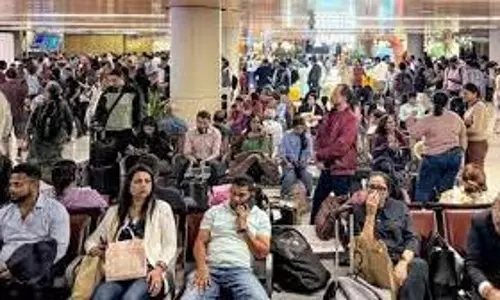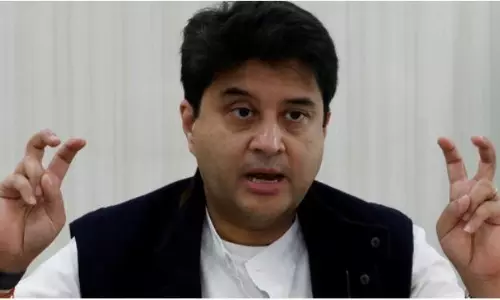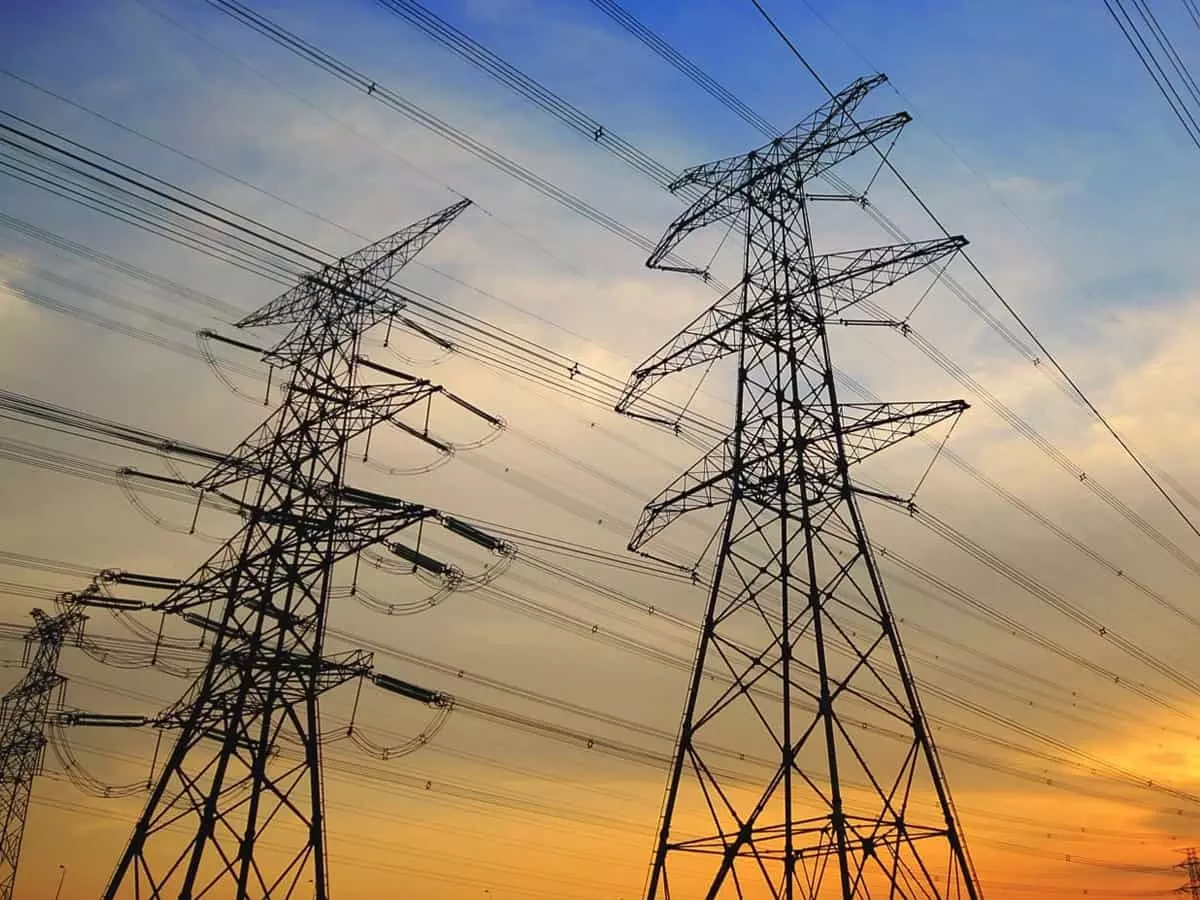
ToD power tariff: Govt to cut tariff at solar hours, raise during peak hours
text_fieldsNew Delhi: Amending the Electricity (Rights of Consumers) Rules, 2020, Government has introduced the Time of Day (ToD) tariff and rationalized smart metering provisions.
In ToD, the price a consumer pays for electricity will vary according to the time of day, rather than being charged for electricity at the same rate at all times of the day.
That is, the tariff during solar hours (duration of eight hours in a day as specified by the State Electricity Regulatory Commission) of the day shall be 10 per cent to 20 per cent less than the normal tariff, while the tariff during peak hours will be 10 to 20 per cent higher.
ToD tariff would be applicable for commercial and industrial consumers having maximum demand of 10 KW and above, from April 1, 2024, and for all other consumers except agricultural consumers, latest from April 1, 2025.
The ToD shall be made effective immediately after installation of smart meters, for the consumers with smart meters, Power Ministry sources said.
ToD is a win-win for consumers as well as the power system, Power Minister R.K. Singh said.
"The TOD tariffs, comprising of separate tariffs for peak hours, solar hours, and normal hours, send price signals to consumers to manage their load according to the tariff. With awareness and effective utilisation of the ToD tariff mechanism, consumers can reduce their electricity bills. Since solar power is cheaper, the tariff during solar hours will be less, so the consumer benefits. During non-solar hours, thermal and hydropower, as well as gas-based capacity, is used - their costs are higher than that of solar power - this will be reflected in the ToD tariff. Now consumers can plan their consumption in order to reduce their power costs - planning more activities during solar hours when power costs are less," he said in a statement.
The government has also simplified the rules for smart metering, wherein to cut down inconvenience or harassment of consumers, the existing penalties for the increase in consumer demand beyond the maximum sanctioned load or demand have been reduced.
As per the amendment in the metering provision, post-installation of a smart meter, no penal charges will be imposed on a consumer based on the maximum demand recorded by the smart meter for the period before the installation date. The load revision procedure has also been rationalised in a way that maximum demand shall be revised upwards only if the sanctioned load has been exceeded at least three times in a financial year.
Moreover, smart meters shall be read remotely at least once a day and the data shall be shared with consumers in order to enable them to make informed decisions about the consumption of electricity.
With inputs from IANS

















